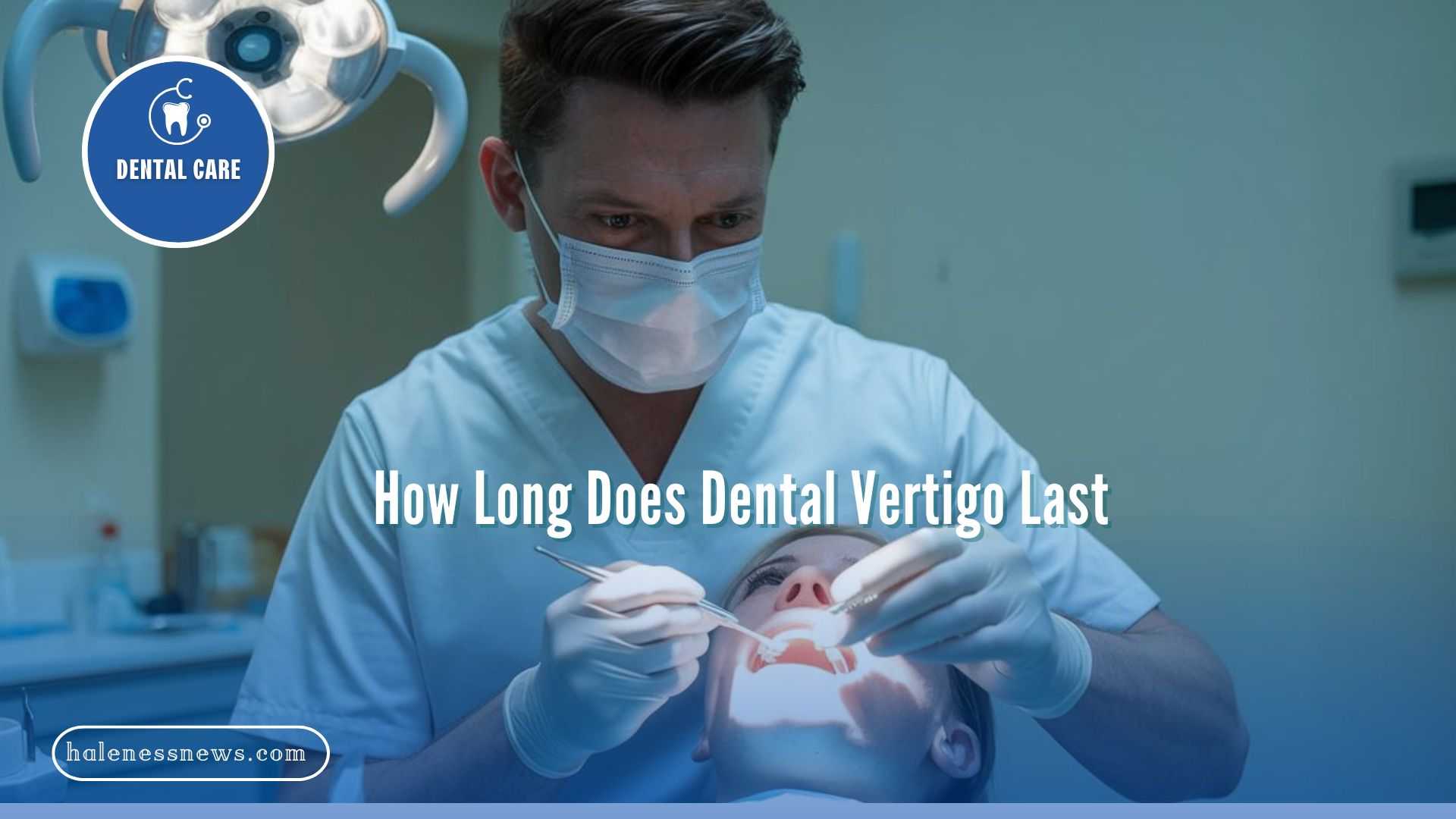Contacts offer a convenient and comfortable way to see clearly without the need for glasses. But wearing them improperly, even for a short time, may lead to serious eye problems. From infections and dryness to long-term corneal damage, the risks of poor contact lens habits are real. Understanding these dangers is the first step to protecting your vision and enjoying all the benefits of contact lenses safely. Here are some risks associated with wearing contact lenses improperly.
Eye Infections
Poor contacts hygiene creates an environment where harmful bacteria, fungi, and parasites can thrive on the lens surface and in the eye. These microorganisms can cause keratitis, an infection of the cornea. The symptoms include severe pain, redness, discharge, and sensitivity to light.
Bacterial keratitis is a serious complication associated with contact lens wear. This condition develops when bacteria penetrate the corneal surface, often through microscopic tears created by ill-fitting lenses or extended wear periods. The infection can progress rapidly, causing permanent scarring of the cornea and significant vision loss if not treated promptly with antibiotic medications.
Fungal keratitis presents an even greater challenge for treatment. This occurs when contact lenses are exposed to contaminated water sources or when users fail to replace their lens cases on a regular basis. Fungal infections respond poorly to standard antibiotic treatments. Hence, they may require specialized antifungal medications or surgical intervention to prevent permanent damage.
Corneal Abrasions
Corneal abrasions occur when the clear surface of the eye becomes scratched or damaged. Contacts users face an increased risk of these injuries due to several factors related to improper lens handling and wear. Inserting or removing contacts with dirty hands can introduce debris that scratches the corneal surface. Wearing lenses that are torn, damaged, or have deposits can create friction against the eye during blinking. These abrasions create entry points for bacteria and other pathogens, which can potentially lead to secondary infections. Extended wear of contact lenses beyond recommended timeframes also increases the risk of abrasion.
Vision Problems
Improper use of contacts can lead to various vision problems that may persist even after discontinuing contact lens wear. These complications stem from changes to the corneal shape, chronic inflammation, or damage to the eye’s natural tear film. Corneal swelling occurs when the cornea does not receive adequate oxygen during contact lens wear. This condition can cause blurred vision, halos around lights, and difficulty focusing. While mild swelling may resolve after removing the lenses, severe cases may result in permanent changes in corneal clarity and visual acuity.
Corneal Ulcers
Corneal ulcers are also a severe complication of improper contact lens wear. These open sores on the corneal surface can cause permanent vision loss and may require surgical intervention to prevent further damage. The development of corneal ulcers typically progresses from minor irritation to a severe infection. Initial symptoms include eye pain, redness, and increased tear production. As the ulcer progresses, users may experience severe light sensitivity, thick discharge, and a visible white or gray spot on the cornea.
Treatment of corneal ulcers requires immediate medical attention and aggressive antibiotic therapy. In severe cases, the infected tissue may need to be surgically removed, or a corneal transplant may be necessary to restore vision.
Discover Contacts Options That Suit You
Proper contact lens care and handling are fundamental aspects of maintaining healthy vision. Users must follow prescribed replacement schedules and attend regular eye examinations to monitor their ocular health. The risks associated with improper contact lens wear are serious but preventable through education and adherence to professional guidance. Schedule a consultation with an eye specialist to explore suitable contact lens options for your eye needs.









